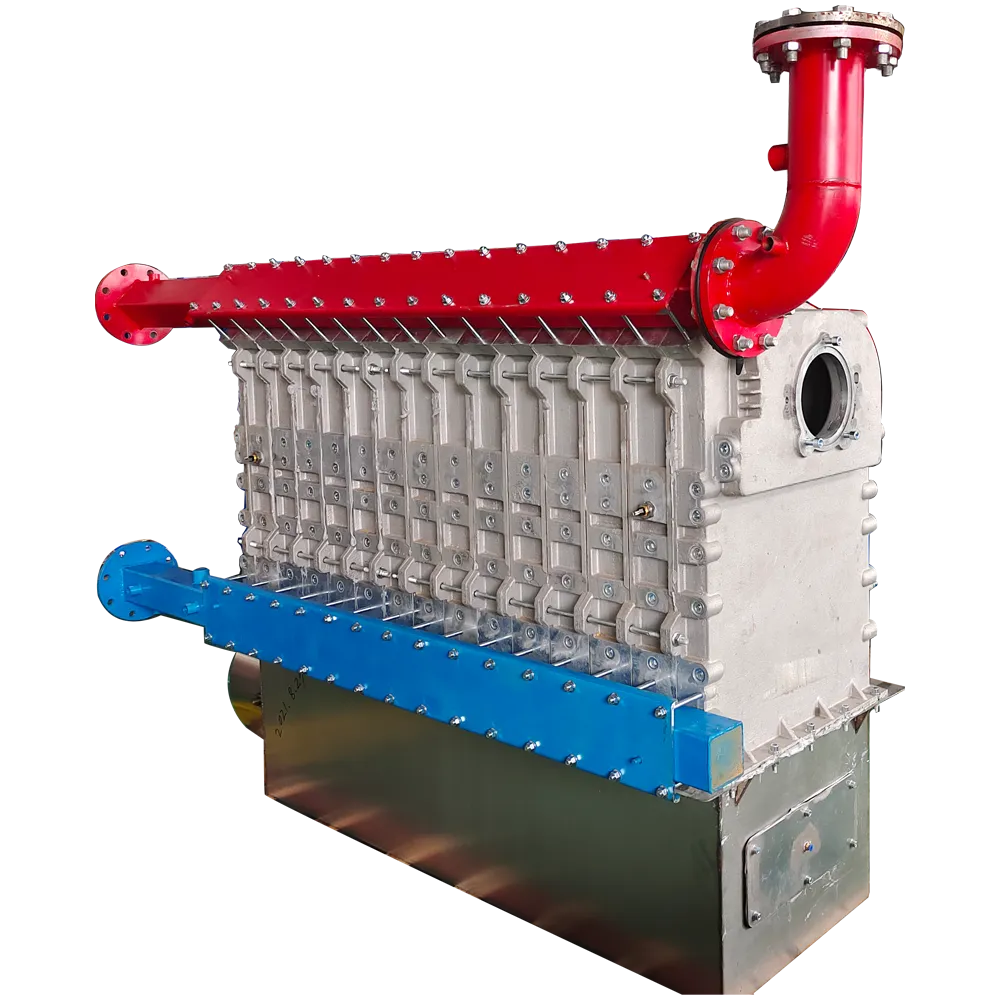Nov . 22, 2024 06:38 Back to list
high silicon aluminum alloys
High Silicon Aluminum Alloys Properties, Applications, and Advantages
High silicon aluminum alloys, characterized by their elevated silicon content typically between 12% and 25%, have garnered significant attention in the materials science and engineering fields. These alloys exhibit unique properties that make them highly desirable for various industrial applications, especially in the automotive, aerospace, and electronics sectors. This article delves into the distinct characteristics, benefits, and common uses of high silicon aluminum alloys.
Composition and Characteristics
The primary component of high silicon aluminum alloys is aluminum, with silicon being the key alloying element. Other elements such as copper, magnesium, and iron may also be added to enhance specific properties. Notable for their low density and excellent corrosion resistance, these alloys possess a range of characteristics that set them apart from conventional aluminum alloys.
One of the defining traits of high silicon aluminum alloys is their enhanced wear resistance. The presence of silicon forms a hard, abrasive-resistant microstructure which is critically beneficial in applications involving friction or contact with other materials. Furthermore, they exhibit low thermal expansion coefficients, making them ideal for precise applications where dimensional stability over temperature fluctuations is crucial.
Additionally, high silicon aluminum alloys demonstrate exceptional casting abilities due to their fluidity when molten. This allows for the production of intricate shapes and complex geometries that would be challenging to achieve with other materials. Moreover, these alloys have good thermal conductivity, which is essential for heat dissipation in electronic applications.
Advantages
The advantages of using high silicon aluminum alloys are manifold. One of the most significant benefits is their lightweight nature, which contributes to improved fuel efficiency in vehicles and airplanes. As industries continue to focus on reducing carbon footprints and enhancing energy efficiency, the demand for lightweight materials like high silicon aluminum alloys has increased.
high silicon aluminum alloys

Another advantage is their outstanding corrosion resistance. Compared to other metals, these alloys are less prone to oxidation and other forms of degradation, making them suitable for harsh environments. This property is particularly important in marine applications and in the production of components that will be exposed to chemicals or humidity.
Furthermore, high silicon aluminum alloys are known for their excellent machinability and ease of fabrication. They can be easily cast, extruded, and machined, which allows for versatile manufacturing processes. This adaptability makes them cost-effective as they can be produced in various shapes and sizes without extensive processing time and costs.
Applications
High silicon aluminum alloys are utilized across a diverse range of industries. In the automotive sector, they are commonly used in engine components, transmission casings, and wheels. The advantages of reduced weight and improved wear resistance help streamline production and enhance vehicle performance.
In aerospace, these alloys are favored for their low density and high strength-to-weight ratios. Components such as aircraft fittings, structural parts, and turbine engine casings benefit from the use of high silicon aluminum alloys, contributing to aircraft that are not only lighter but also more fuel-efficient.
The electronics industry also leverages the thermal conductivity and stability of high silicon aluminum alloys. Heat sinks, casings, and various thermal management components often employ these materials to ensure efficiency and longevity of devices.
Conclusion
High silicon aluminum alloys represent a remarkable advancement in material science, combining lightweight properties, excellent corrosion resistance, and outstanding machinability. As industries seek to innovate and improve efficiency, the relevance of these alloys continues to grow. Their applications in automotive, aerospace, and electronics showcase their versatility and enhance the performance of a wide range of products. As research and development in alloy technology progresses, we can anticipate even more refined applications and improvements in the properties of high silicon aluminum alloys, solidifying their place in modern engineering and manufacturing.
-
Durable Cast Steel Concrete Pipe Mold Bottom Rings & Base Trays
NewsAug.23,2025
-
Centrifugally Cast Iron Water Main Pipe for Reliable Mains
NewsAug.22,2025
-
Durable Centrifugally Cast Iron Water Main Pipe
NewsAug.11,2025
-
Centrifugally Cast Iron Water Main Pipes for Reliability
NewsAug.10,2025
-
High-Quality Centrifugally Cast Iron Water Main Pipes
NewsAug.09,2025
-
Durable Cast Iron Water Main Pipe & Drainage Solutions
NewsAug.08,2025


